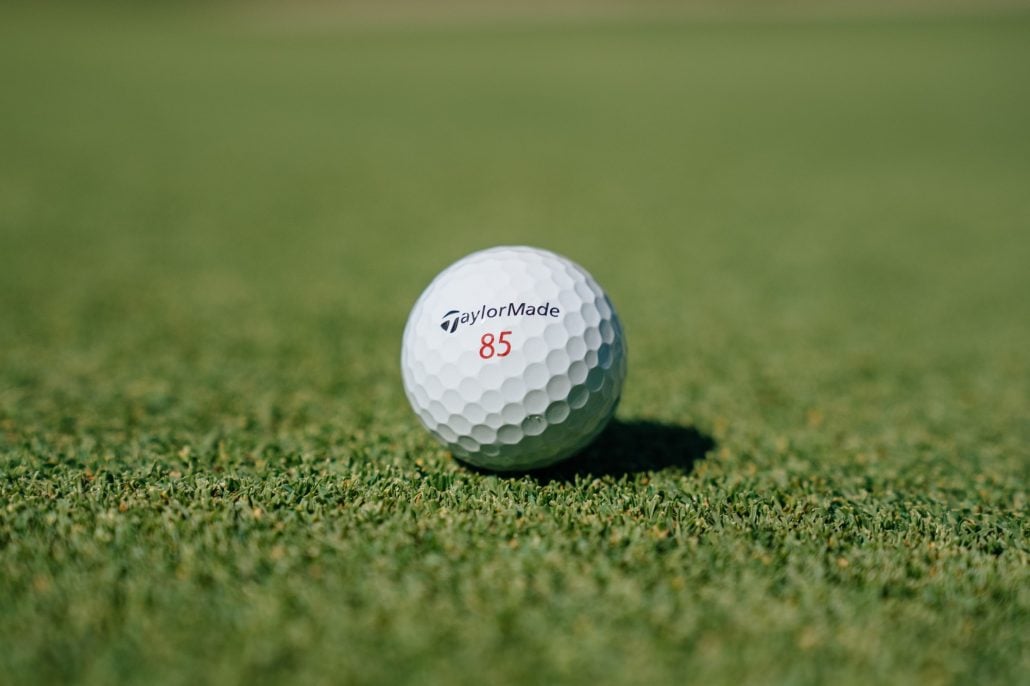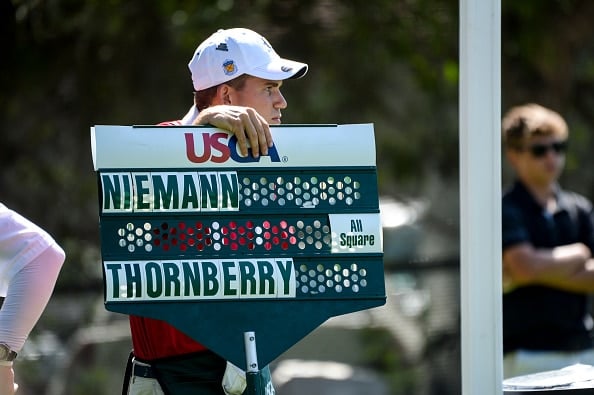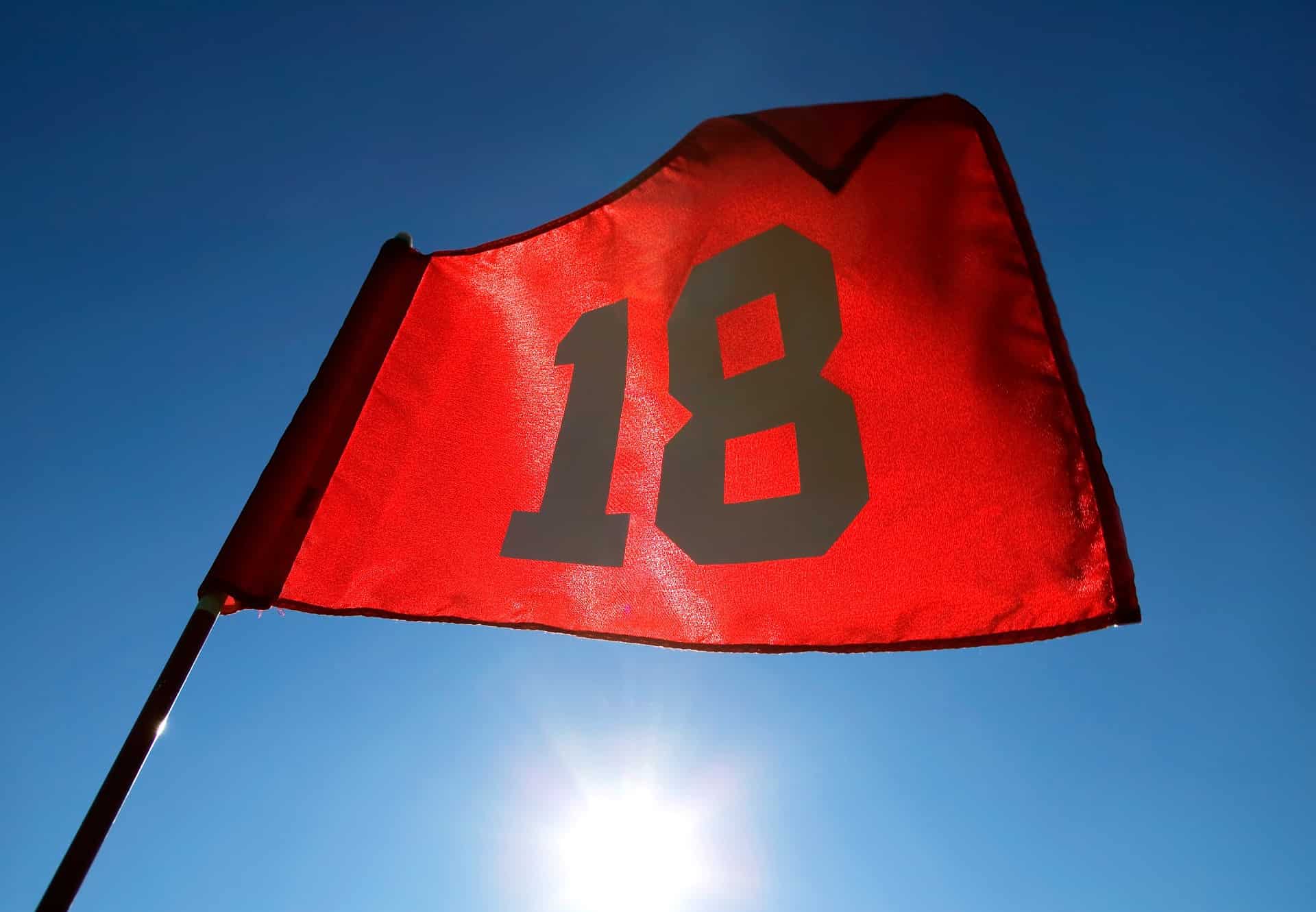
What is the one ball rule in golf?
Russell Henley was a high-profile casualty of golf’s one ball rule. How does it work? Our expert has everything you need to know
Remember when Russell Henley went from hero to zero – from contention to a weekend off – in the time it took to view a small dash on a ball?
It was the 2019 Mayakoba Golf Classic and the multi-time PGA Tour winner had just set the seal on a second-round 69 to follow an opening 66.
While signing for fans in the aftermath, Henley realised one of his balls was different to the Titleist Pro V1x he normally used.
“It was a small dash, a different way it was marked that would have been easy to overlook,” said Tour rules official Brad Fabel, after Henley had told them about the problem.
He’d fallen foul of golf’s ‘one-ball rule’, a Model Local Rule and which is frequently used in the professional game and in elite amateur competitions.
Golf one ball rule: How does it work?

It prevents players from using balls with different characteristics during a round and allows committees to require that a player uses only a single type of ball that’s on a conforming list.
Basically, you have to use the same make, brand, and model of ball with which you started the round.
It might surprise you just how strict that rule is. Each individual listing is considered a different ball. Different coloured balls, which might be the same brand and have identical markings, are also considered different balls.
Henley didn’t know how the rogue offender got into his bag, but he was penalised for using it on the ninth through 12 holes – getting hit with a two-shot penalty for each breach. It took him from a 69 to a 77 and he missed the cut.
It could have been worse. Had he discovered he was using the ball during the round and hadn’t stopped before playing from the next teeing area, he would have been disqualified.
And while that ultimate penalty still exists in the revised rule that was included in the 2023 Rules of Golf update, perhaps R&A and USGA rules chiefs took pity on the unusual situation Henley found himself in.
The one-ball rule now sees players have to add only one stroke, rather than two, for each hole where they fall foul of the law.
Had this been the case in 2019, Henley would have comfortably made the cut. And who knows what could have happened at the weekend?
But now anyone else who comes to grief in this unusual way in a competition will only have to suffer half the agony from now on.
Now have your say
What do you think of this change to the one-ball rule? Tweet me and let me know.
Steve Carroll

A journalist for 25 years, Steve has been immersed in club golf for almost as long. A former club captain, he has passed the Level 3 Rules of Golf exam with distinction having attended the R&A's prestigious Tournament Administrators and Referees Seminar.
Steve has officiated at a host of high-profile tournaments, including Open Regional Qualifying, PGA Fourball Championship, English Men's Senior Amateur, and the North of England Amateur Championship. In 2023, he made his international debut as part of the team that refereed England vs Switzerland U16 girls.
A part of NCG's Top 100s panel, Steve has a particular love of links golf and is frantically trying to restore his single-figure handicap. He currently floats at around 11.
Steve plays at Close House, in Newcastle, and York GC, where he is a member of the club's matches and competitions committee and referees the annual 36-hole scratch York Rose Bowl.
Having studied history at Newcastle University, he became a journalist having passed his NTCJ exams at Darlington College of Technology.
What's in Steve's bag: TaylorMade Stealth 2 driver, 3-wood, and hybrids; TaylorMade Stealth 2 irons; TaylorMade Hi-Toe, Ping ChipR, Sik Putter.










